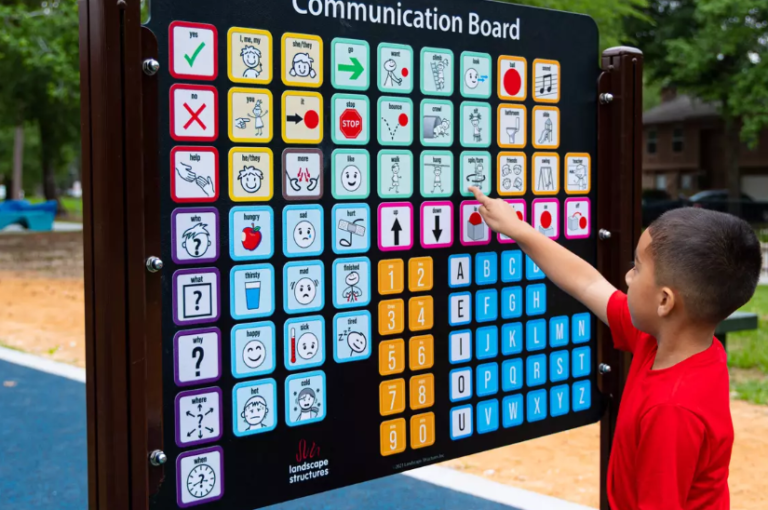Positivity relates to how qualities such as joy, gratitude, optimism, and a sense of fun all contribute to student well-being and academic success. It challenges educators to look at their more deeply held assumptions about student strengths, limitations and potential, and provides strategies to identify and support the unique capacities of every student.
In “The Third Path” by Tranter, Carson, and Bolan, the Condition of “Positivity” underscores the significance of fostering a positive and supportive atmosphere within the classroom. This condition emphasizes the idea that cultivating a culture of positivity can enhance student motivation, engagement, and overall well-being.
Educators can promote positivity by:
Cultivating Optimism: Encourage a growth mindset among students by emphasizing the power of effort, perseverance, and resilience. Help students recognize setbacks as opportunities for learning and growth, fostering a sense of optimism and self-efficacy.
Celebrating Successes: Acknowledge and celebrate students’ achievements, both big and small. Recognize their efforts and accomplishments through praise, encouragement, and positive reinforcement, reinforcing a sense of accomplishment and pride.
Creating a Supportive Environment: Foster a supportive classroom environment where students feel safe to take risks, ask questions, and express themselves. Encourage kindness, empathy, and mutual respect among students, promoting a culture of support and encouragement.
Practicing Gratitude: Incorporate gratitude practices into daily routines, such as reflecting on moments of gratitude or expressing appreciation for others. Cultivating gratitude helps students develop a positive outlook and enhances their overall sense of well-being.
By prioritizing the Condition of “Positivity,” educators can create a classroom environment where students feel valued, motivated, and empowered to succeed. This positive atmosphere not only enhances academic performance but also promotes social-emotional development and fosters a lifelong love of learning.








